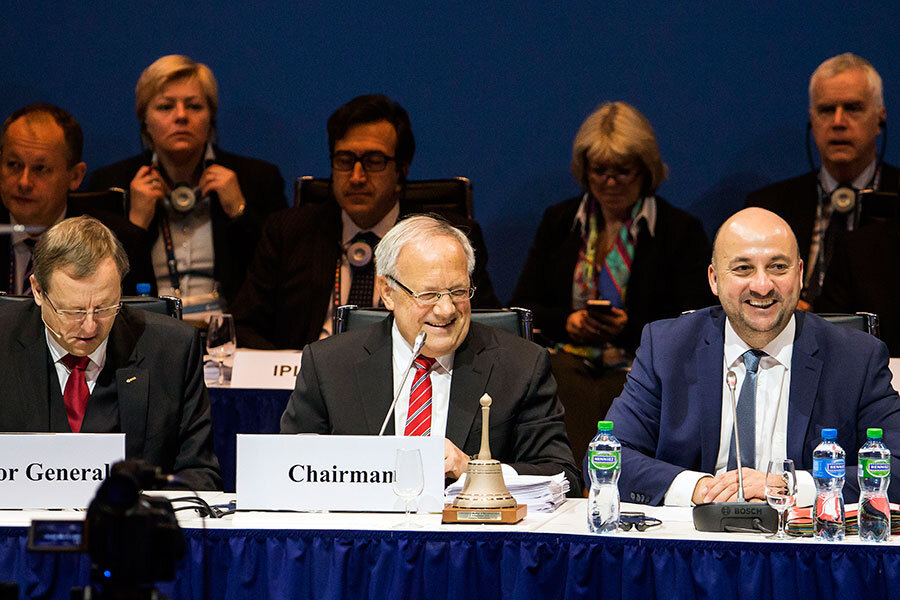ESA backs new Mars mission despite disappointing Schiaparelli crash
Loading...
The Schiaparelli lander may have crashed, but that doesn't mean Europe is giving up on Mars.
In a show of confidence, member states on Friday approved 450 million euros ($480 million) in funding for the European Space Agency’s ExoMars mission. Numerous other projects, including several related to the International Space Station, were also given the go-ahead as part of a 10.3 billion euro ($11 billion) budget approved by the ESA’s 22 members during a two-day meeting in Lucerne, Switzerland.
The renewed funding should answer any lingering questions about the future of ExoMars, a joint project between the ESA and Russia’s Roscosmos. And plans to send a rover in 2020 must proceed on schedule, ESA Director General Jan Woerner said.
"It's not an easy thing, but we are confident we will succeed," Dr. Woerner said, emphasizing that delaying the mission beyond 2020 was not an option.
The ExoMars mission sent the Trace Gas Orbiter and Schiaparelli test lander to Mars earlier this year. The Trace Gas Orbiter is orbiting the planet, looking for gases such as methane that may indicate the possibility for life on the planet. The Schiaparelli lander, meanwhile, crashed in October: a software glitch caused the lander to detach its parachute more than 2 miles above the planet’s surface, thinking it was already on the ground.
While the crash was certainly a disappointment, experts remain optimistic about the future of the project.
“As it is, we have one part that works very well and one part that didn’t work as we expected,” Jorge Vago, project scientist for ExoMars, told Nature after the first photos of the crash site were released. “The silver lining is that we think we have in hand the necessary information to fix the problem.”
The first photos from the Trace Gas Orbiter (TGO), released on Tuesday, have only added to that enthusiasm. Onboard the orbiter is the Colour and Stereo Surface Imaging System (CaSSIS), which takes high-definition images of the planet’s surface as the TGO orbits the planet every four days.
The photos are “absolutely spectacular,” said Nicolas Thomas, CaSSIS team leader, at the University of Bern's Center of Space and Habitability in Switzerland. And soon, CaSSIS may produce 3D maps of the surface of Mars.
At the Lucerne meeting, ESA member states also extended their commitment to participate in the International Space Station (ISS) until 2024. This will allow the agency to send more European astronauts into space. France’s first astronaut, Thomas Pesquet, arrived at the ISS in November.
Other programs received less support. The Asteroid Impact Mission, intended to investigate ways of deflecting an asteroid approaching Earth, will be cancelled, though asteroid-defense study will continue, Woerner said. Asteroid-deflection was the subject of a recent NASA exercise.
The Trace Gas Orbiter is intended to remain in orbit around Mars for seven years, and ESA plans to put a rover on the Red Planet’s surface by 2020.








